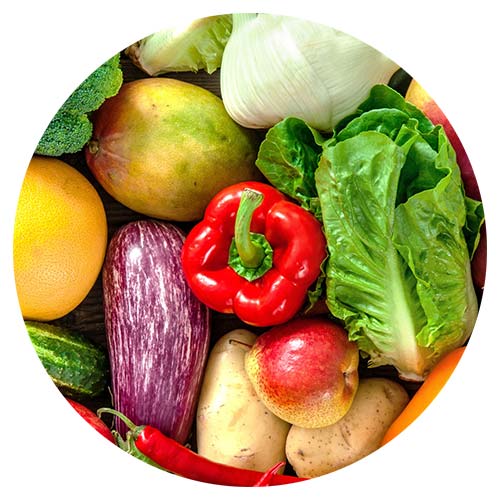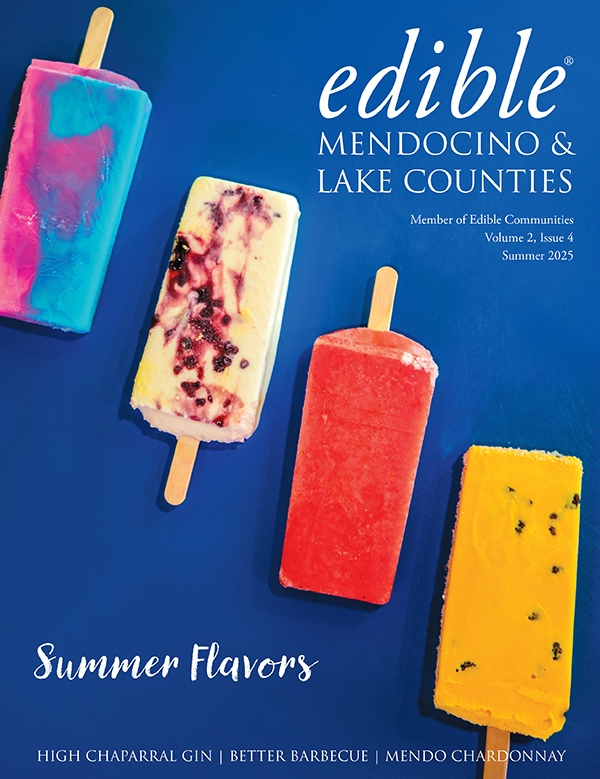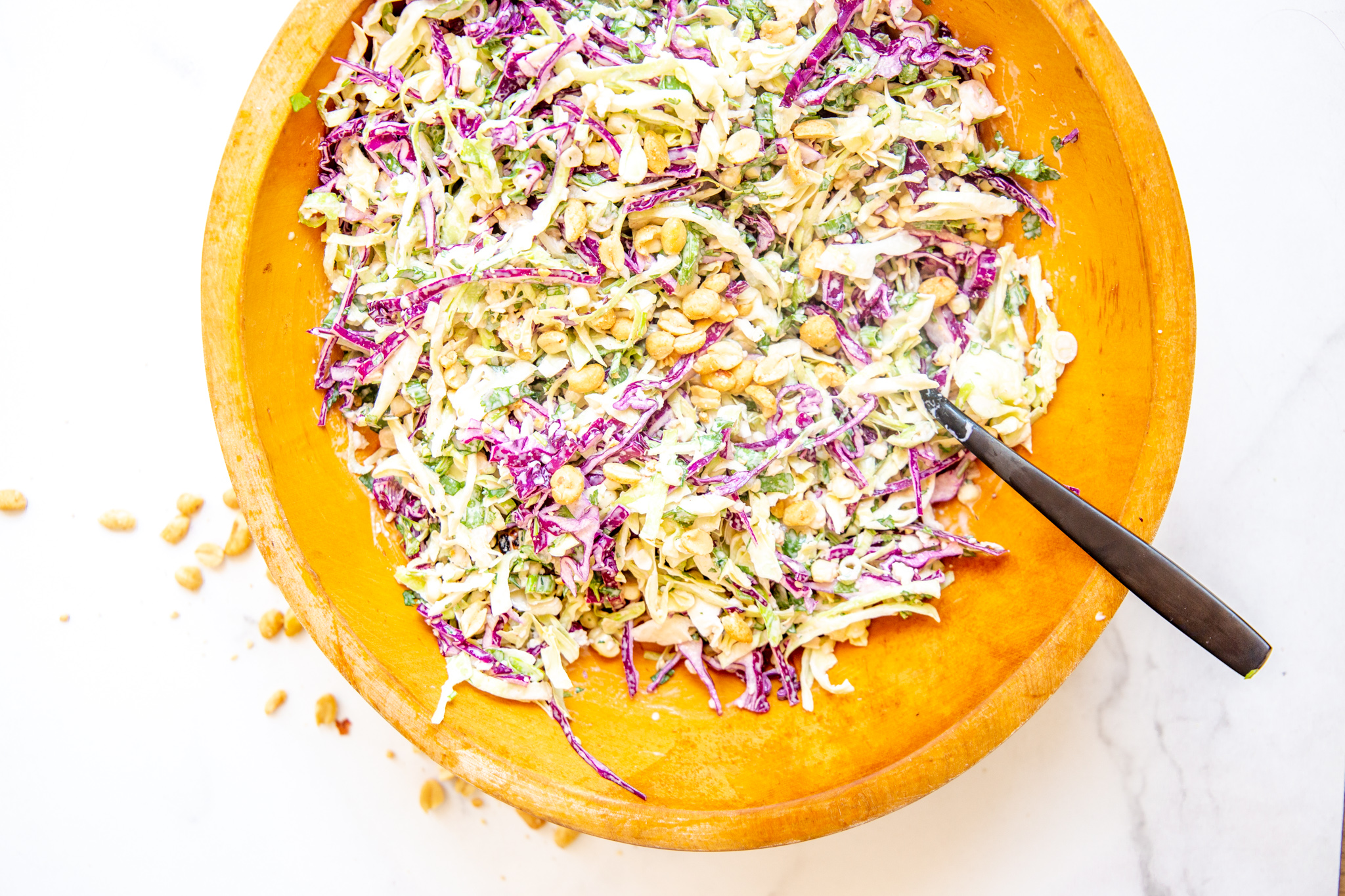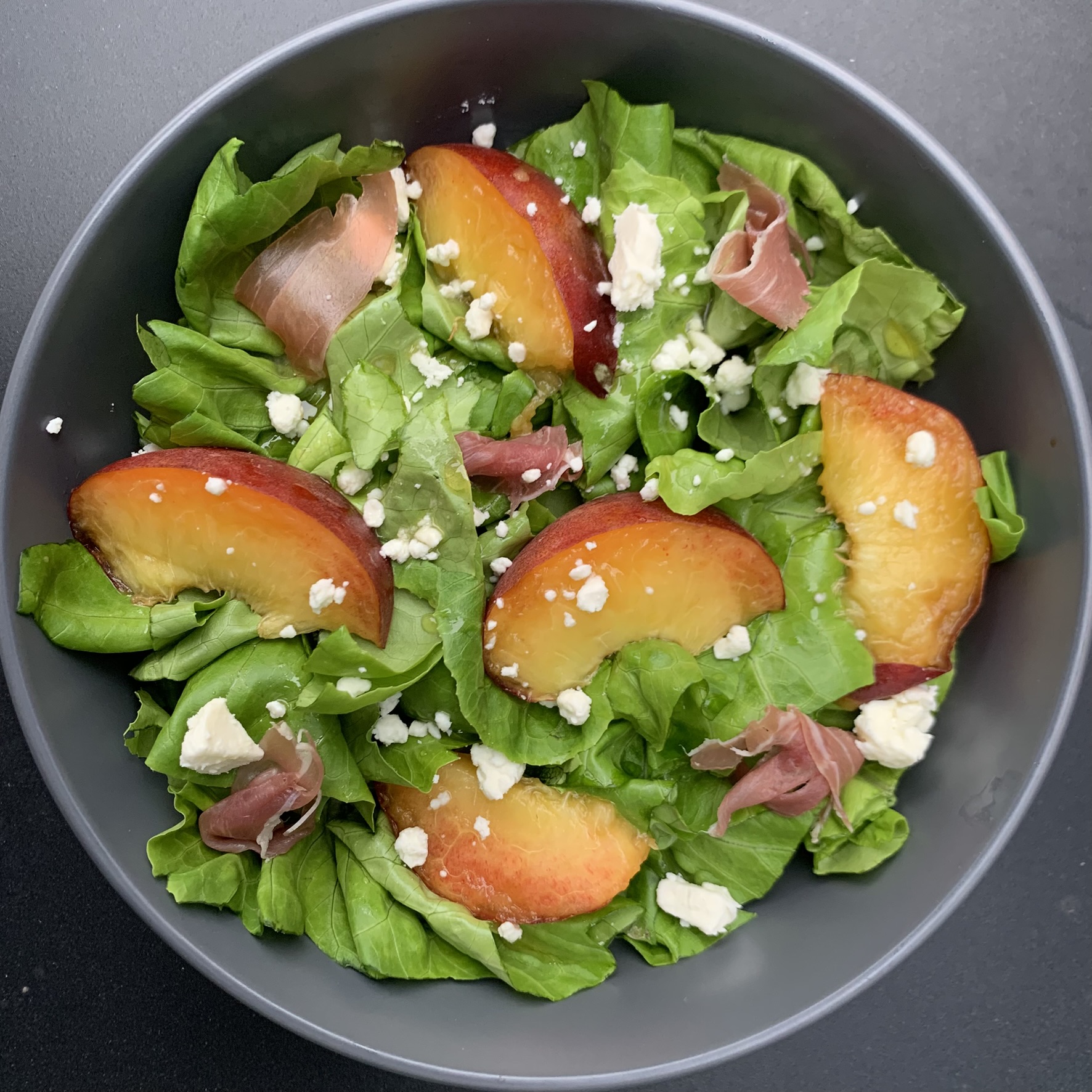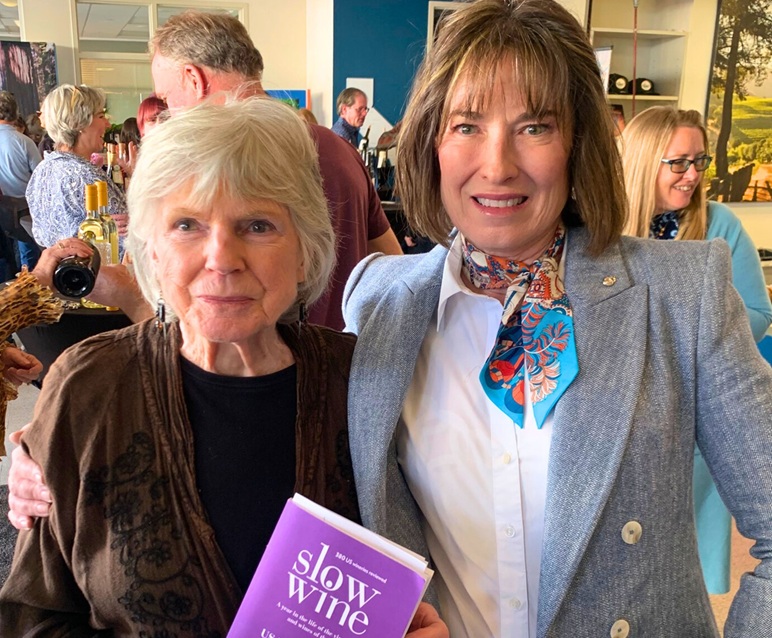As of January 2024, Clos Racines got one crucial step closer to becoming Lake County’s—and California’s—largest working truffle farm. Now Claudia and Fabrice Caporal’s dream is well on its way to becoming reality.

Truffle farming, like making wine, is not an endeavor for those lacking patience.
The typical timeframe, from planting the trees to full production, is about 10 years. The first truffles usually start to appear around the five-year mark, the result of tree roots that have been previously inoculated with Tuber melanosporum spores.
But nothing is guaranteed, and there are many potential pitfalls and challenges—as with any type of farming. Pests, fire, weather, disease, water supply—all these variables can affect the timeline, or ruin the crop entirely.
Which is why the milestone that Claudia and Fabrice Caporal reached on January 6, 2024 was so significant. That’s the day they found their first truffle, a 1.7-ounce black périgord, at Clos Racines, their 26-acre, 3,600-tree organic truffle farm in Upper Lake.
Although it appeared within the “typical” timeframe—over five years after they planted their first trees in April 2018—the long journey to that first truffle wasn’t without obstacles.
The first challenge being their lack of experience with truffle farming. Although the couple had been avid backyard gardeners for years at their home in the East Bay, they had never attempted anything
on the scale of what they envisioned for Clos Racines.
It was a vision borne of the desire to make income from truffles, and from a desire to create a different kind of lifestyle for themselves and their two children as Fabrice reached a milestone birthday.
“On Fabrice’s 50th birthday in 2016, he had this epiphany—‘what are we going to do with the rest of our lives?’” Claudia recalled. “And this idea of cultivating truffles outside of France was something that spoke to him.”
“What I was looking for was a return to the earth—to find something that would allow me to be closer to nature,” Fabrice added. “But I didn’t see myself carting tons of apples around, or having to wake up every morning to milk cows—that was too much. So I looked for something that was financially sustainable and interesting that could eventually replace our normal source of income. Then I found out that truffles were a possibility, but there were a lot of unknowns about it.”
“It was a big relief, because up to now, it was all a concept…”
– Fabrice Caporal
So they set about educating themselves. Fabrice, a French-born computer programmer with a degree in marine biology, started learning everything possible about soil composition, optimal tree positioning, water requirements, moisture levels, and more.
“My background is marine biology, but I worked as a programmer, which I basically learned on the job,” Fabrice said. “It’s fascinating for me to try to figure out how things work, and I wanted to contribute to the knowledge of truffle farming—to educate people, and educate myself. I’m not afraid of going into the unknown. And Claudia was very supportive of the idea.”
The next challenge was finding the right piece of land. “We were originally looking for some land close to the Bay area, but we were outpriced completely, and there was not enough water, so we came up here,” Fabrice said. “I didn’t know anything about Lake County at the time, but I’m glad that we found it!”
It took about nine months to find the Upper Lake property, which comprises 26 acres. At this time, they prefer to keep the exact location private.
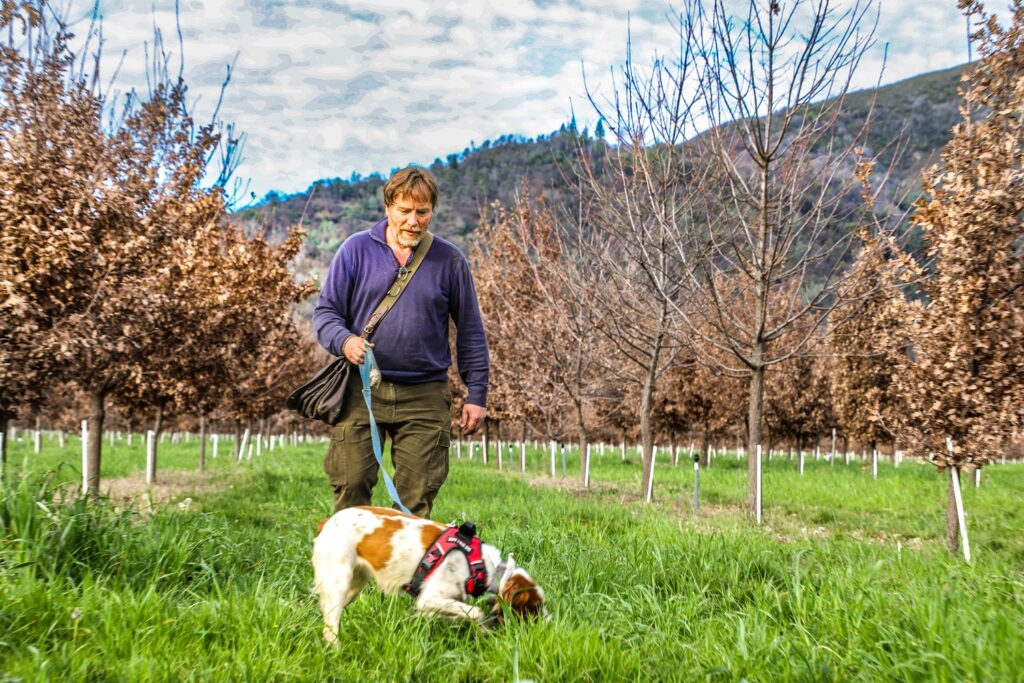
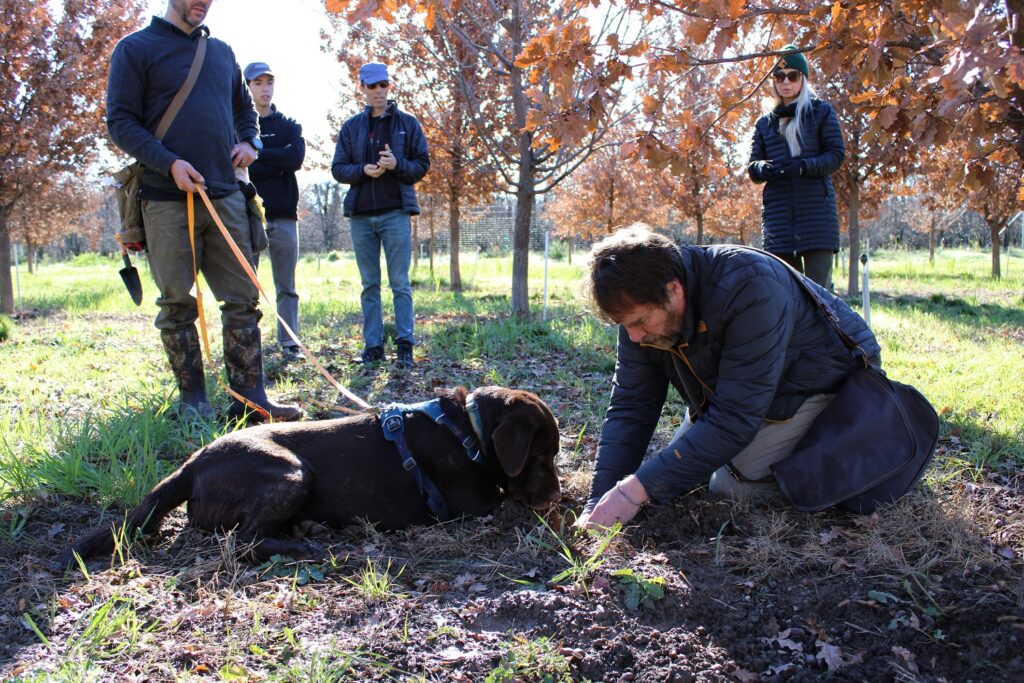
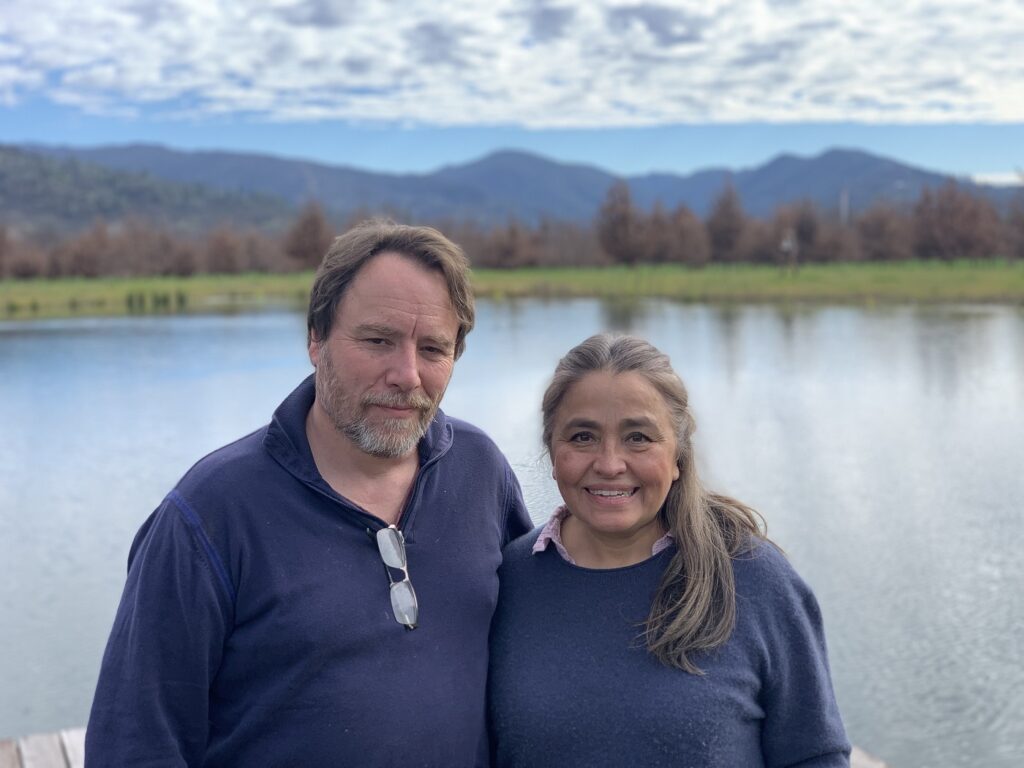
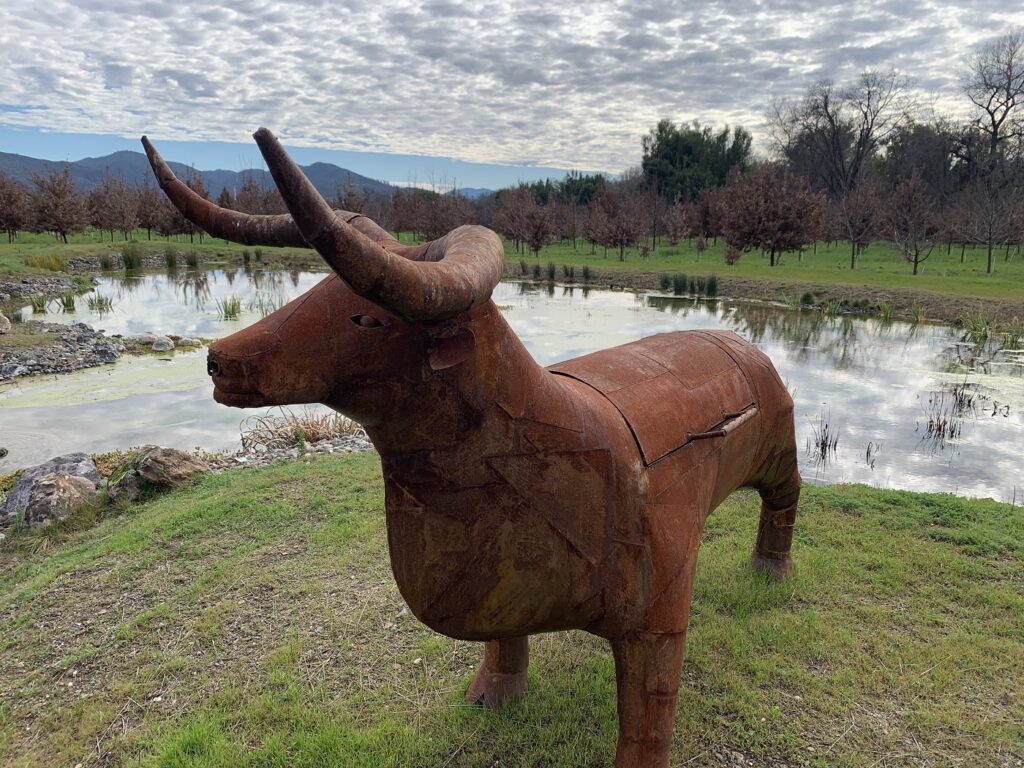
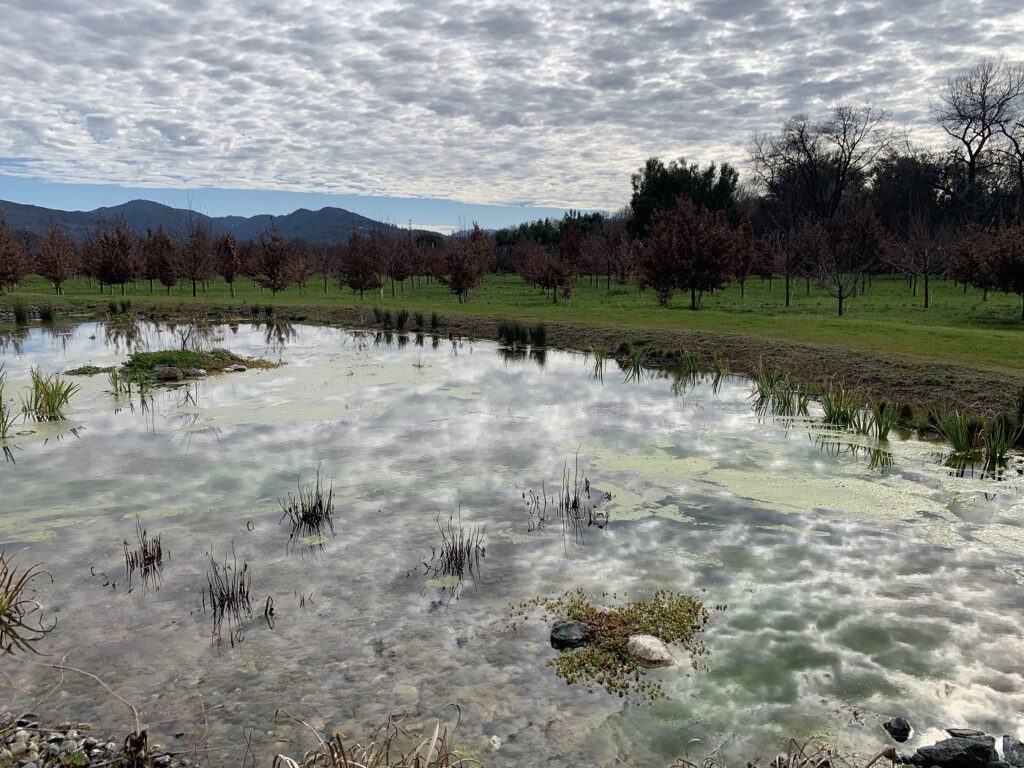
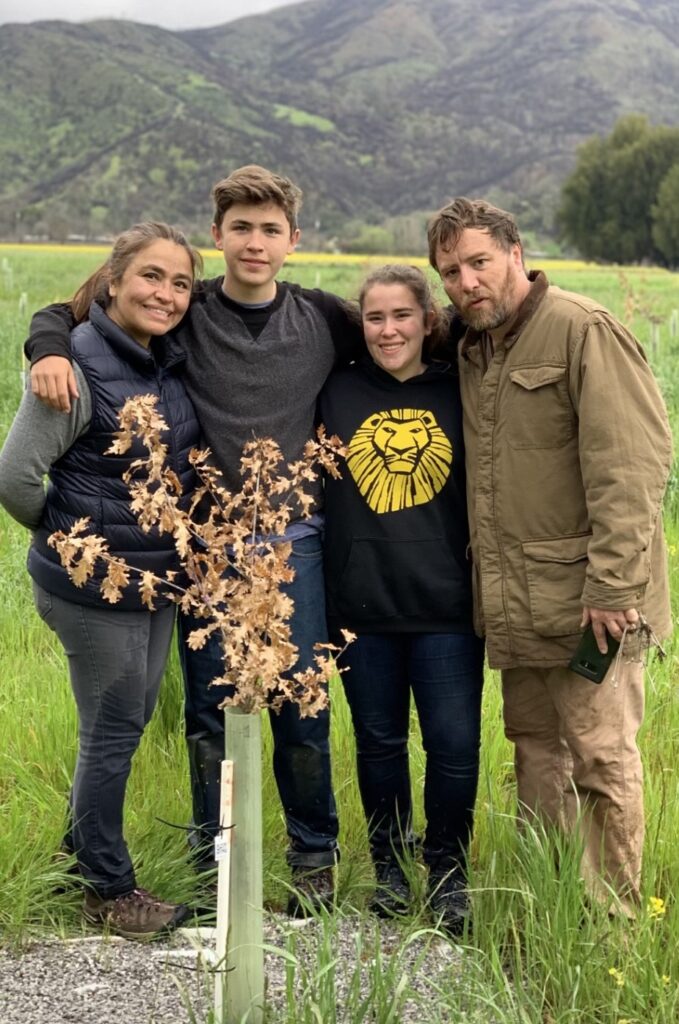
“We were worried at first that Lake County’s climate and soil might not be conducive to truffle growth, but we saw that many farms in Australia that were completely outside of the natural ‘range’ for truffles were successfully producing, so it was proven that it was possible to do,” Fabrice continued. “Here we have enough water, some heat, and a big temperature range between day and night. It freezes in the winter, and we need the frost for the truffles. So it’s really looking promising.”
They planted their first 1,000 trees in 2018, then 2,600 more in 2019. They decided not to use holly oak, which is typical for truffle production, because evergreen oaks such as holly are more sensitive to sudden oak death (a problem in parts of Lake County). Instead they opted to plant primarily English white oaks, which are more resistant to the disease. They are not native to Lake County, but Fabrice and Claudia also planted 200 native valley oaks and 60 trees of other native oak species that were inoculated with the fungus, in the hope of growing black truffles on them as well.
They chose the French name Clos Racines, which literally translates to “enclosure of roots,” to evoke not only the tree roots on which the truffles grow, but also the roots that they and their second-generation American children are establishing in Lake County and the U.S.
More challenges presented themselves in 2018. Part of the property burned in the Mendocino Complex fire, but luckily the first batch of seedlings was spared. However, a gopher infestation around the same time caused them to lose 200 trees, but they replanted. The couple now controls the gopher population with traps, and by encouraging raptors such as owls to visit the property.
The Caporals are partially self-taught, with their learning process augmented with help from truffle experts from around the world—who often give conflicting advice. The couple realized early on that there is a lot of science around truffle farming, but also a lot of superstition.
“Some scientists from France said, ‘Your trees are too healthy! You are not raising trees. You are raising truffles. Struggle them a little bit!’” Fabrice recalled. “Some experts said ‘Give them more water,’ and others said ‘Don’t give them too much water.’ They all have their own methods, and their own philosophy. But here we are, needing to experiment on our own, following what’s been done and what makes sense to us.”
In the two years before finding their first truffle, they did four unsuccessful hunts, using professional truffle hunters (and their dogs) who traveled in from other parts of California. Truffles are not typically found until the fifth year, so they kept at it, and scheduled a fifth hunt on what turned out—perhaps not coincidentally—to be a prophetic and emotional day.
“We found the first truffle on the day of Epiphany, which is a significant day in our traditions,” Claudia explained. “It’s when the three magic kings come.” And they got their magic that day.
“We saw the dog scratching, telling us that a truffle was there, so we all got down on our knees and saw this big truffle breaching the soil,” she continued. “So we called the kids down from the house, and everybody came to look at it. We took some video, and you can just see the joy and excitement.”
“It was a big relief, because up to now, it was all a concept, nothing concrete,” Fabrice added. “The only concrete thing we had was that we had to pay our bills, and people were calling us crazy.”
For now, the truffle is under lock and key, and will be used to re-inoculate the soil.
“We had decided ahead of time that our first truffle would belong to the orchard,” Fabrice said. “So the idea is that we’re going to use it to put back spores into the orchard.”
As for what comes next, the couple is staying cautiously optimistic. If all continues to go well, it will still be a few more years before the farm produces enough volume to start selling the truffles commercially.
“What I was looking for was a return to the earth—to find something that would allow me to be closer to nature.”
– Fabrice Caporal
“We know that one truffle doesn’t make a business,” Fabrice explained. “Obviously we’re still far from reaching the 30 pounds per acre of production that we need for it to be a worthy investment, which is not a certainty. We’ll continue the maintenance, but there’s really no guarantee that we will ever reach commercial scale production. But that’s our goal.”
While they continue watching and waiting, they have their work cut out for them: they are currently training their dog Tartine, a French Brittany spaniel, to become a truffle hunting dog, which is a two-year process.
They are also planning a distribution and delivery system, and they eventually plan to develop partnerships with potential buyers.
“Part of our work is cultivating relationships with local chefs that we admire who share an interest in sustainable gastronomy,” Claudia said. “Yes, you can import truffles from Europe or from other parts of the world, but the ones that will come from Lake County will not only be fresher, but a local, sustainably grown truffle is a different experience from an imported one.”
The fact that truffles only have a two-week shelf life—and yields are hard to estimate—is another reason that they lend themselves well to the region’s robust seasonal farm-to-table dining scene.
“A lot of local chefs don’t create their menu until maybe a week before based on what’s available, so there’s a good synergy there,” Claudia added.
“If they find out that there’s some truffles available down here and we can deliver them to their restaurant within a couple of hours, well, that’s going to go on their menu.”
The couple is also slowly building the house that will double as their personal residence once the farm reaches full production. Their long-term plan is to turn the property into a gathering center for friends and family, and also for local culinary events.
“The dream is to be able to make this a retreat,” Claudia said. “We want to be able to go out walking with our dog on a cold, frosty morning and find truffles, then cook together with family or friends, and just share the journey, share the experience. My other dream is to have a culinary space where we could invite chefs and their teams for a truffle hunt then a cooking experience.”
Dreams can indeed come true, if history is a guide. And now, having made it halfway to their goal, Claudia and Fabrice look to be on track to see it through to the next chapter. In the meantime, they are truly appreciative of where they are at right now.
“It’s amazing just being outside and having all this,” Claudia added, gesturing at the orchard, pond, and sky stretching out toward the horizon in front of the half-finished house.
“I mean, look at the clouds. The beauty never ends. It changes every day. It’s just really, truly breathtaking.”
Learn more at closracines.com. Follow Fabrice and Claudia’s journey on Instagram @clos_racines.
